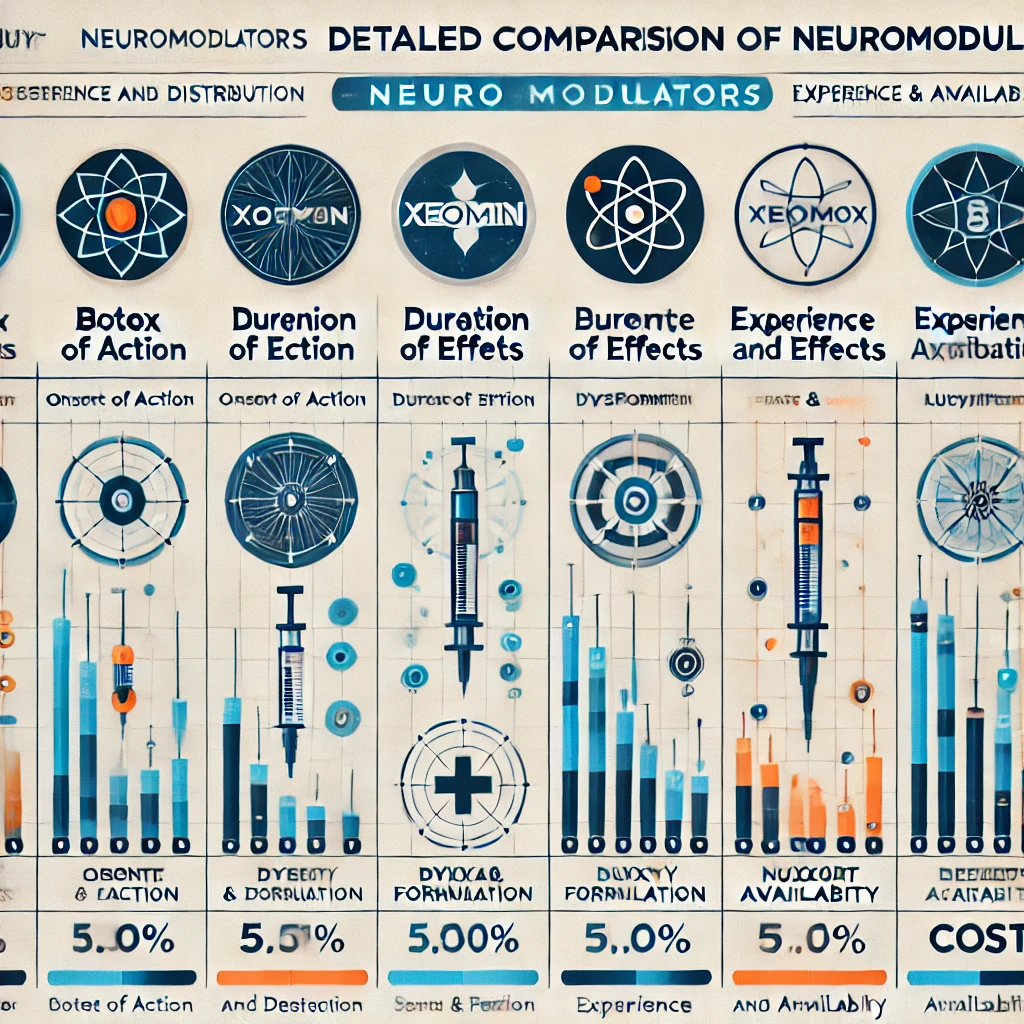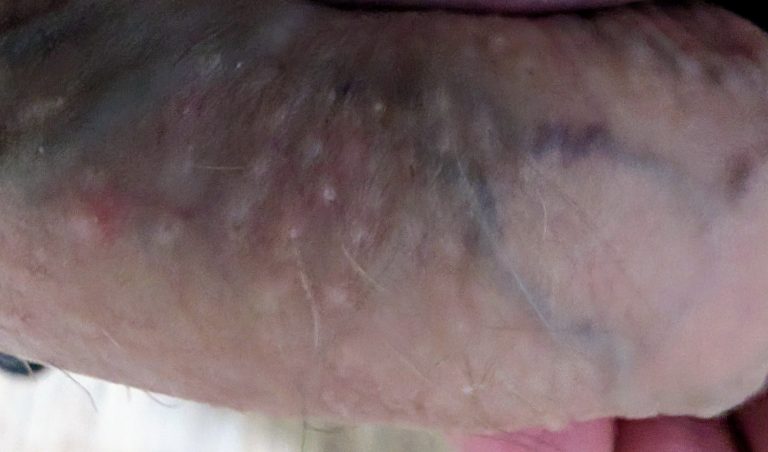Melanoma skin cancer has increased markedly over the last half century since accurate recording began. The highest incidence of Malignant Melanoma is found in Queensland, Australia where light skinned people receive a great deal of sun exposure. Melanoma accounts for only 6% of all skin cancers but this type is most likely to be fatal. Melanoma is a challenge to cure once it has spread to other parts of the body but it is easily treated if found in the early stages of growth. Approximately 1 in 90 Canadian women will develop melanoma during their lifetime compared to 1 in 74 Canadian men.
Non-Melanoma skin cancers are much more common and usually develop later in life on parts of the skin that have been repeatedly sun exposed. Two common non-melanoma cancers are basal cell carcinomas (BCC) and squamous cell carcinomas (SCC). These skin cancers grow slowly and rarely cause death as they do not normally spread throughout the body. They can still cause severe disfigurement if not treated in a timely fashion.
Early detection is the key to successfully treating both types of skin cancer. The classic warning signs (ABCDE) should always be followed. Contact your physician if you answer yes to any of these questions. Dr. Crippen sees many patients in urgent need of consultation and treatment for suspected skin cancers. Early treatment is necessary to preserve as much normal skin as possible with skin cancer treatments.
- A. Asymmetry – do the two halves of the lesion not match?
- B. Borders – is the border of the lesion uneven?
- C. Colour – is there more than one colour?
- D. Diameter – is the diameter greater than 6mm?
- E. Evolution – has the size, shape, colour or height changed? Does it bleed?




